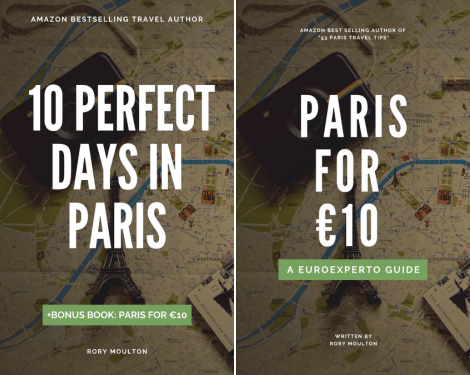Located on the Tiber River in central Rome, the Testaccio district was one of the busiest trading ports in the ancient world. Amazingly, you can still find evidence of those bustling times: Believe it or not, the district’s namesake mount is completely made of the remains of these terracotta pots!
Besides its history as a trading center, however, Testaccio served as the center for Rome’s slaughterhouses. While Testaccio’s story isn’t as mythic as the Roman Forum, don’t let that stop you from visiting this fascinating district. Indeed, with all those years of trade and slaughter, Testaccio has one of the most celebrated culinary heritages in the Eternal City. Once you get here, you’ll see why so many Romans (and increasingly travelers) consider Testaccio to be the best place to get your grub on.
A Taste Of Testaccio: Every Foodie’s Dream District
It’s believed that many of Rome’s most iconic dishes trace their origins to Testaccio. Just a few recipes those industrious butchers are credited with inventing include oxtail stew, Roman-style tripe, and many offal-based dishes. So, it should go without saying that food is the main draw to Testaccio.
LIKE FREE BOOKS? Get a free Paris ebook when you subscribe to my free, monthly email newsletter, EuroExperto. Subscribe here!
The best place to get a taste of the neighborhood is in the bustling Testaccio Market. Here you’ll find a dizzying array of fresh meats, seafood, and produce for sale as well as dozens of fantastic food stalls. Just a few locals’ favorite stalls include Le Mani in Pasta, Mordi e Vai and FoodBox.
For those interested in sitting down for a bite consider grabbing a slice of pizza at Pizzeria Da Remo or a bowl of pasta at the award-winning Flavio al Velavevodetto. Honestly, wherever you turn in Testaccio, you’re bound to run into Roman deliciousness!
Three Exceptional Attractions In Testaccio
Although food is the top attraction here, there are a few noteworthy sites to keep you busy in between meals. Probably the most famous attraction is the Monte Testaccio which, as mentioned above, is a mountain made up entirely of amphorae terracotta pots. Long ago, these discarded pots once contained essential foodstuffs for hungry citizens, including Italian staples like wine and olive oil. It’s believed the pieces of over 50 million amphorae make up this famous hill.
Another iconic attraction is a pyramid close to Porta San Paolo. Completed in the 12th century, this pyramid honors an important dude by the name of Gaius Cestius who played an important role in Ancient Rome’s religious history. Please note, you can only travel to the Pyramid on the second and fourth Saturdays of every month and you have to schedule a visit beforehand.
Located near the Pyramid of Cestius is another fascinating attraction that attracts hundreds of literature grads every year. The Protestant Cemetery boasts the remains of not one, but two of England’s greatest Romantic poets: John Keats and Percy Bysshe Shelley. A few other famed non-Catholics buried in this beautiful cemetery include Goethe’s son August von Goethe, Tolstoy’s daughter Tatiana Tolstaya, and Scottish artist Robert Michael Ballantyne.
How To Find Testaccio
The easiest way to get to Testaccio is on the metro at the Piramide station. A few bus stops that will put you within walking distance of Testaccio include Ostiense/Piramide, Campo Boario, and Campo Boario/Zabaglia. If you feel like taking a stroll, Testaccio is about a 30-minute walk south of the Jewish Ghetto area.






